A Danio is a small fish that people often keep in home aquariums. You can typically spot this fish by looking for the thin horizontal stripes along the sides of their bodies.
A number of different species exist, and researchers place them in the taxonomic genus Danio. Their closest relatives include the carps and the minnows. Read on to learn about the Danio.
Description of the Danio
The various species in this genus typically have similar appearances. They are small fish, with small fins and elongated bodies. Most also have stripes or spots along their sides.
The wild counterparts of these fish often do not reach the same length as those raised in aquariums. Most wild individuals measure about an inch long. Animals in aquariums often measure between one and two inches long, depending on the species.
Interesting Facts About the Danio
People keep quite a few of the various species as pets. With 27 species to choose from, learn what makes a few specific species so interesting, below.
- Zebrafish – This species is one of the most popular species of this group in home aquariums. Researchers also use this species in scientific research. These little fish have even helped scientists in the study and treatment of various cancers!
- Blue Danio – True to their name, this species has turquoise blue scales with red or gold lines. The bright coloration makes them another popular pick in aquariums. People house these fish in small schools, often with various plants for them to shelter in.
- Pearl Danio – You can also find this little fish in home aquariums. Breeders have developed several different color variations, including silver, pink, white, and more. Females of this species have fleshy growths, known as barbels, on their lower jaws.
- Glowlight Danio – While brightly colored, this little species does not glow in the dark like the GloFish. However, many different color variations exist, with scales ranging from yellow to red, orange, purple, blue, and much more.
Habitat of the Danio
Each species in this group has slightly different habitat preferences. However, all live in freshwater habitats. Most prefer slower or stagnant water over faster currents. Some of the different types of ecosystems that they inhabit include ponds, streams, rice paddies, canals, ditches, floodplains, and more.
Distribution of the Danio
Different species have different ranges and distribution. Some populations overlap with those of other species. While some range throughout water bodies across large regions, others occupy just a small area. These fish range throughout India, Nepal, Bangladesh, Burma, Thailand, Sumatra, Malaysia, and more.
Diet of the Danio
Most of the various species have omnivorous diets, which means that they feed on both plant and animal matter. Because they do not grow exceedingly large, their prey selection usually consists of microorganisms.
Each species has its own unique dietary preferences. However, their diets generally contain insect larvae, small insects, plankton, insect eggs, arthropods, and more.
Danio and Human Interaction
Humans keep several different species in home aquariums. The most common in the pet trade is the zebrafish. In wild populations, human activity does impact these fish to varying degrees.
Some species have strong population numbers and react well to alteration of their habitats. Other species face population decline from habitat destruction, collection for the pet trade, and more.
Domestication
Though people keep these fish as pets, we have not fully domesticated them.
Does the Danio Make a Good Pet
Yes, several species do make good aquarium pets. However, you should always do your research before buying any pet. It is important to understand everything you need to care for these fish. You should also ensure your pet was bred in human care and not collected from wild populations.
Danio Care
Different species have different care needs. Most species live in schools, so you should purchase several to ensure you meet their social needs. The minimum size requirement for your tank varies based on the number of fish you place in it.
In addition to an adequately sized tank, you also need different types of plants and hiding places for the fish to take shelter in. Finally, these fish fare well on commercially-produced fish foods.
Behavior of the Danio
Both wild and captive populations live in groups known as schools. They spend their days foraging for food and hide in vegetation to rest at night. Within schools, these fish develop social hierarchies. The most dominant individuals have access to the best food and prime breeding territories.
Reproduction of the Danio
Reproductive habits vary slightly from species to species. Typically, males develop a spawning site with a variety of vegetation to hide the eggs in. They breed via spawning, where the female releases her eggs and the male releases his sperm, and fertilization occurs outside of the body.
A single female can produce hundreds of eggs. It takes just a few days for the eggs to hatch. Young are fully independent at hatching.

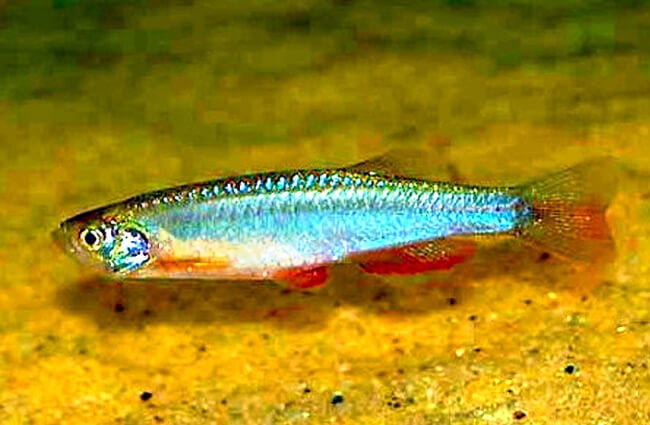
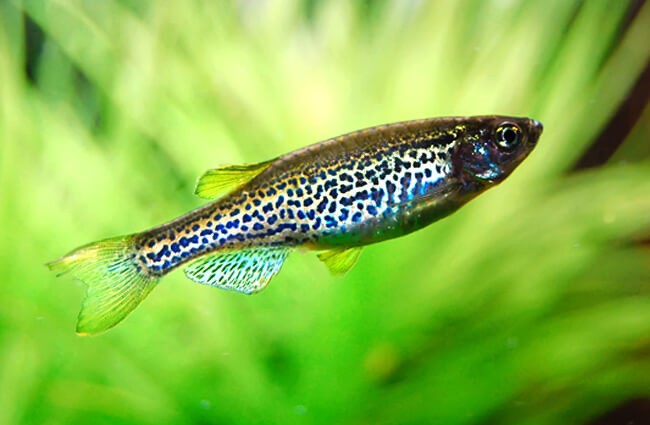
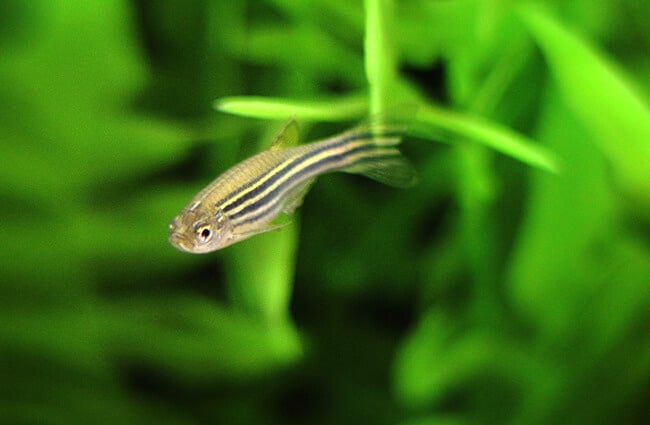
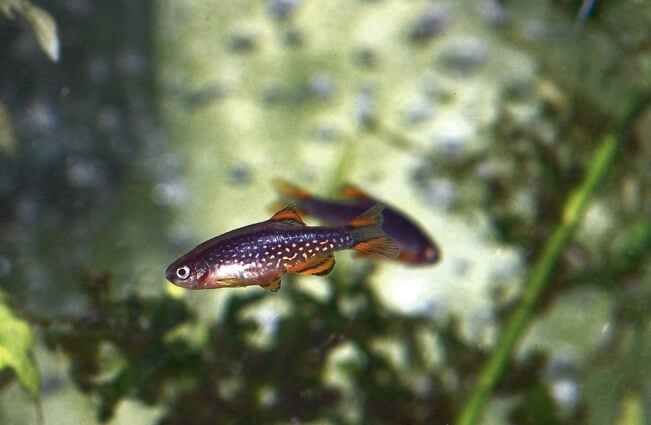
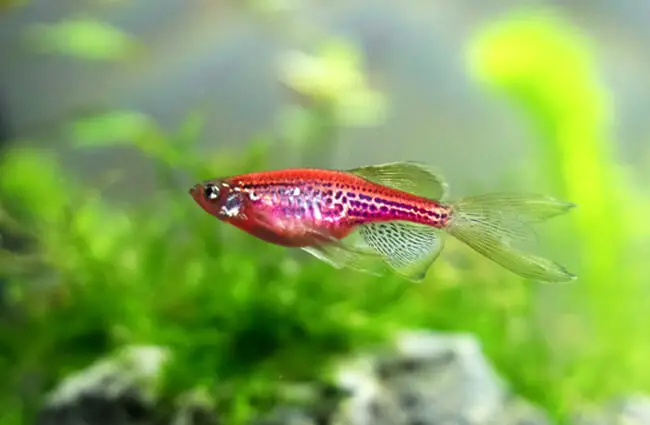
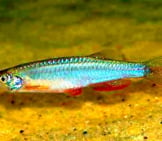
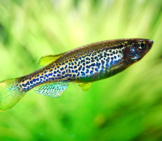

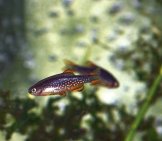
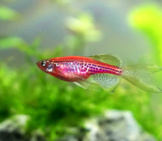
![Red Angus Closeup of a beautiful Red Angus cowPhoto by: U.S. Department of Agriculture [pubic domain]https://creativecommons.org/licenses/by/2.0/](https://animals.net/wp-content/uploads/2020/03/Red-Angus-4-238x178.jpg)












![Red Angus Closeup of a beautiful Red Angus cowPhoto by: U.S. Department of Agriculture [pubic domain]https://creativecommons.org/licenses/by/2.0/](https://animals.net/wp-content/uploads/2020/03/Red-Angus-4-100x75.jpg)

